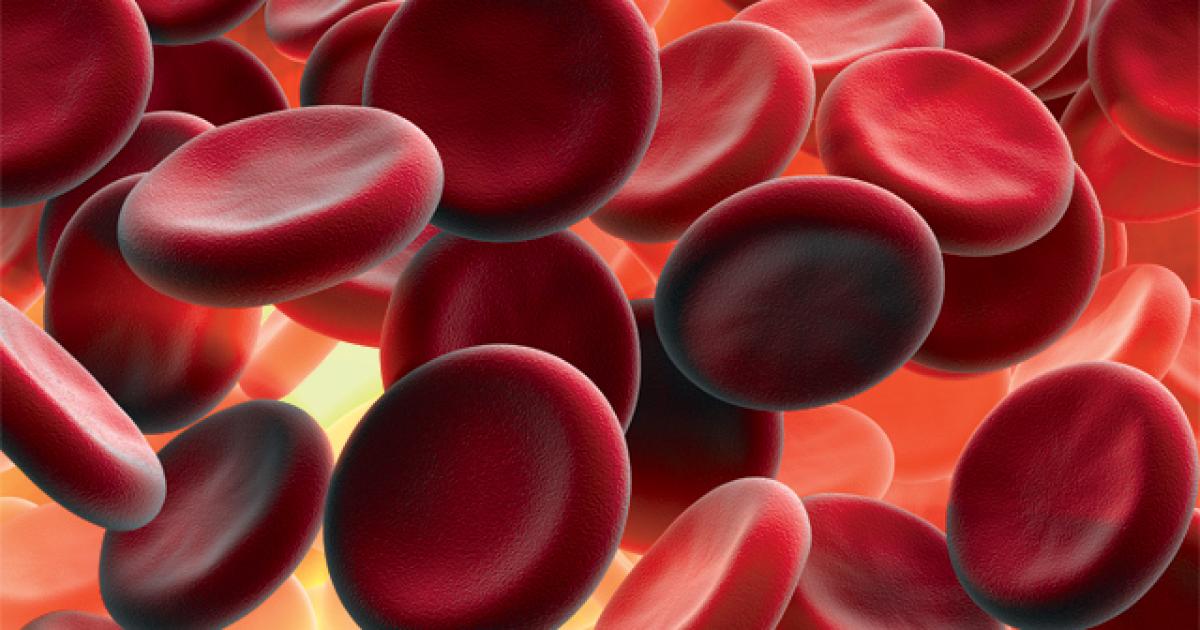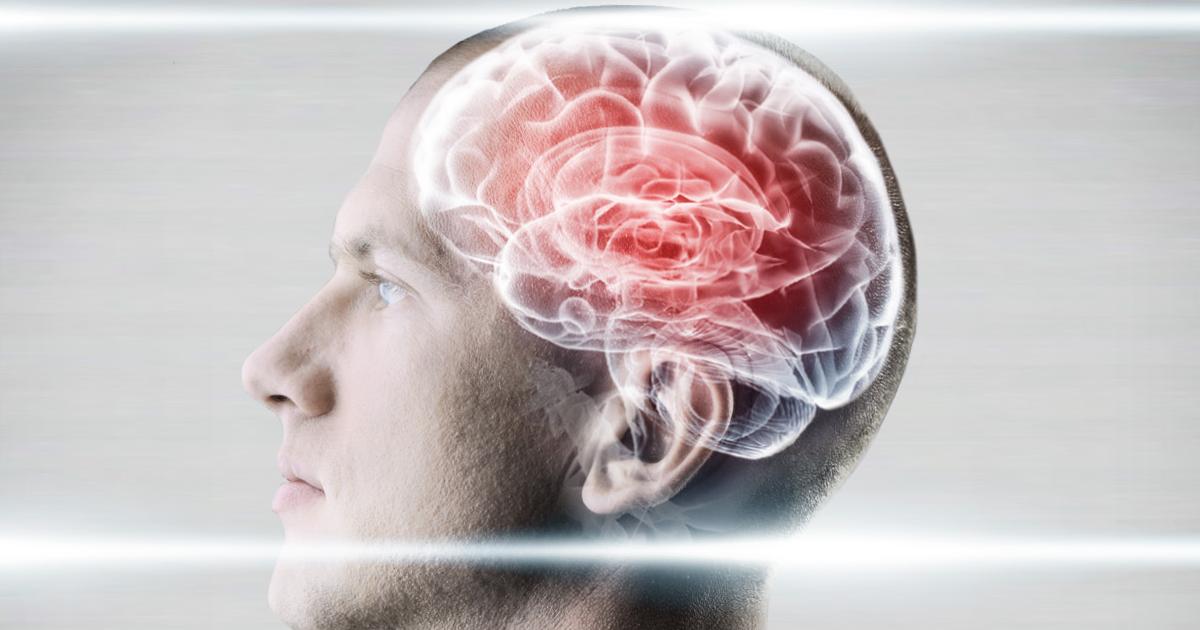What Causes A Subarachnoid Hemorrhage?
A subarachnoid hemorrhage occurs when bleeding develops in the space between the brain and the membrane that protects it. Known as the subarachnoid space, this area cushions the brain, protecting it from injury. Cerebrospinal fluid circulates throughout the area. Patients experiencing a subarachnoid hemorrhage often report an intense, sudden headache with severe pain at the base of their skull. They may feel a popping sensation in their head, and most describe the headache as the worst of their lives. Patients might also notice pain in their neck and shoulders, a feeling of numbness throughout their body, decreased or double vision, and confusion. Seizures, sensitivity to light, and a rapid loss of mental alertness could occur. A subarachnoid hemorrhage is considered a life-threatening medical emergency, and patients exhibiting indicators of this condition should be taken to an emergency room by ambulance. Doctors at the hospital will perform CT or MRI scans, and some patients may need to have cerebral angiography or a lumbar puncture. Treatment focuses on stabilizing the patient, and surgical interventions are the primary treatment method. Subarachnoid hemorrhages are more common in women, and they occur most often in individuals between forty to sixty-five years old.
The major causes of subarachnoid hemorrhages are outlined below.
Head Trauma

Head trauma refers to any type of injury to the scalp, skull, or brain, including concussions and skull fractures. Doctors classify head injuries as either closed or open. A closed head injury occurs if the skull itself is not broken, and an open head injury involves a break in the skull and penetration of the brain itself. Head injuries are caused by blows to the head or shaking. Although head injuries due to shaking are most common in infants and children, they can occur in individuals of any age who have experienced violent shaking. Head injuries associated with a blow to the head are typically caused by traumas such as car and motorcycle accidents, falls, athletic injuries, and physical assaults. To assess head trauma, doctors will look for bruising and swelling, and the patient will have a neurological examination and imaging studies to check for abnormalities, including bleeding in the brain. Treatment for head trauma often involves a hospital stay, and emergency surgery may be required for certain types of head injuries.
Uncover the next cause of a subarachnoid hemorrhage now.
Brain Aneurysms

Brain aneurysms develop when the wall of a brain artery weakens, causing it to enlarge. A type of brain aneurysm known as a berry aneurysm accounts for ninety percent of all brain aneurysms. As the name suggests, berry aneurysms look like a berry hanging from a narrow stem, and they are typically found at the Circle of Willis, an area at the base of the skull where several major blood vessels converge. Brain aneurysms occur in an estimated 1.5 to five percent of individuals, and they are considered serious because of the risk of rupture. If a rupture occurs, blood from the aneurysm will move into the brain, and this is considered a life-threatening situation that requires emergency care. Roughly 0.5 to three percent of individuals who have brain aneurysms will go on to experience a rupture. Patients with brain aneurysms may experience drooping eyelids, speech difficulties, large pupils, pain behind the eyes, blurry vision, and a severe headache localized to a particular part of the head. To check for an aneurysm, doctors will perform imaging studies. Treatment options for both ruptured and unruptured brain aneurysms include surgical clipping, endovascular coiling, and flow diverters.
Keep reading to reveal more causes of a subarachnoid hemorrhage now.
Bleeding Disorders

Bleeding disorders are conditions that cause abnormalities in how the blood clots, and these disorders may raise an individual's risk of a subarachnoid hemorrhage. Most bleeding disorders are inherited, and some may develop in patients who have a low red blood cell count or vitamin K deficiency. The easy, excessive bleeding that characterizes bleeding disorders can also be a side effect of anticoagulants. Symptoms of bleeding abnormalities may include easy bruising, frequent nosebleeds, excessive bleeding after a minor cut, bleeding into the joints, and heavy menstrual periods. Doctors perform complete blood counts, bleeding time tests, and platelet aggregation tests to investigate bleeding problems. Depending on the exact cause of a patient's bleeding disorder, treatment options could include iron supplements, blood transfusions, topical treatments, or nasal sprays.
Get more details on causes and risk factors linked to developing a subarachnoid hemorrhage now.
Blood-Thinning Medication

Blood-thinning medication is designed to prevent blood clots, and it can be taken intravenously or orally. Blood thinners are commonly prescribed to treat cardiovascular disease and prevent the formation of a blood clot that could trigger a heart attack or stroke. They could also, however, raise a patient's risk of a brain hemorrhage. Medicines that thin the blood by preventing blood cells from sticking together in veins and arteries are called antiplatelet medicines, and those that work by increasing blood clotting time are known as anticoagulants. Some of the most widely used antiplatelet drugs include acetylsalicylic acid (Aspirin) and clopidogrel, and dabigatran, rivaroxaban, heparin, and warfarin are commonly prescribed anticoagulants.
Potential side effects of blood thinners include nosebleeds, bleeding gums, heavy periods, and easy bruising. Some patients may also experience dizziness, muscle weakness, hair loss, and skin rashes. Individuals who take blood thinners might be advised by their healthcare team to avoid contact sports. Precautions should be taken when handling scissors, knives, or yard equipment, and patients should let their dentist know they are taking blood thinners before having their teeth cleaned.
Learn more about what can cause a subarachnoid hemorrhage now.
Arteriovenous Malformation Bleeding

An arteriovenous malformation is an abnormal, tangled cluster of blood vessels in the brain. Experts estimate they occur in only one percent of the population, and they often produce no symptoms. Many arteriovenous malformations are found after brain scans performed for another reason. Some patients might experience symptoms such as seizures, headaches in a particular area of the head, and numbness or muscle weakness isolated to one section of the body. Symptoms typically start between the ages of ten and forty. Once an individual reaches middle age, arteriovenous malformations usually become stable and are less likely to produce symptoms. Arteriovenous malformations are most common in males. Like aneurysms, arteriovenous malformations could rupture, and the resultant arteriovenous malformation bleeding could trigger a subarachnoid hemorrhage. Surgery is the most frequently used treatment method for arteriovenous malformations, and doctors might choose to perform a surgical resection (removal) of the malformation if possible. Other surgical options that may be considered include endovascular embolization and stereotactic radiosurgery.
